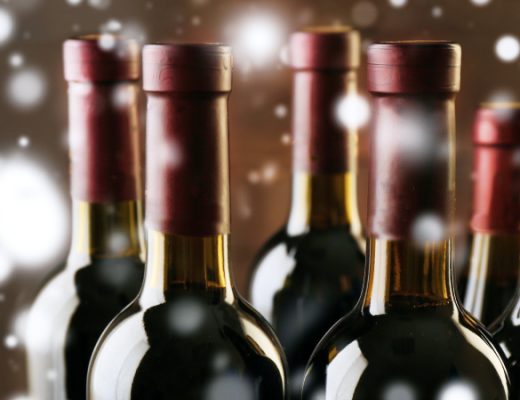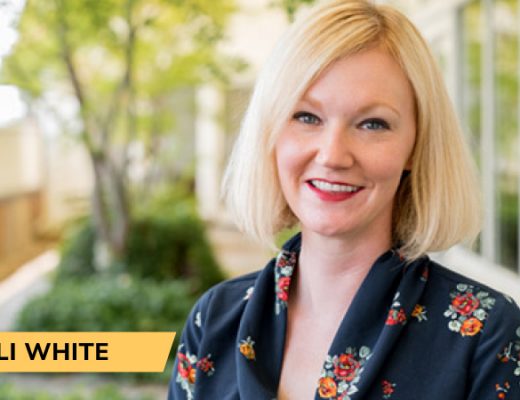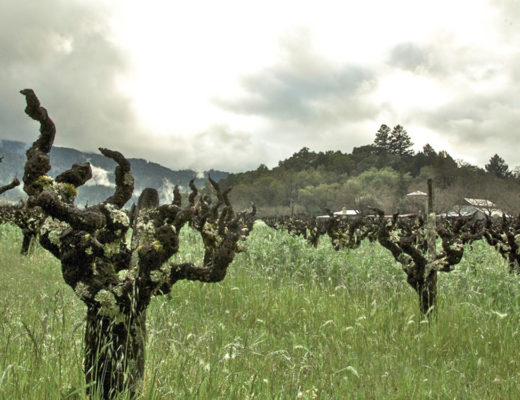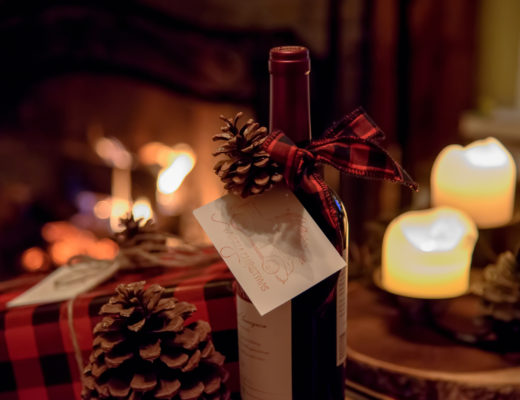Upon arriving in Bordeaux to scorching temperatures, I was instantly concerned about the grapevines. While the last five vintages have been kind to Bordeaux lovers, I wondered if the trend would continue. However, after walking the rows with vintners from Saint-Émilion to Pessac Leognan and examining vineyards everywhere in between, the 2019 vintage is shaping up to be another standout.
First, it’s important to understand what the factors are that create a great vintage in Bordeaux. According to Denis Dubourdieu, the late Director of the Institute of Vine and Wine Sciences at the University of Bordeaux, there are five conditions that collectively lead to a great vintage. First is early flowering in the spring, allowing for a timely harvest in the fall before rain increases disease pressure. Second is rapid fruit-set, when the grapevine flowers self-pollinate, during warm, dry weather conditions, which enables even ripening of the berries. Too much rain or wind in the spring can interrupt this process. The third is a gradual onset of water stress in July, naturally limiting vegetative growth that can lead to off-flavors in the wine. Fourth and fifth are warm, dry weather conditions in August and September, permitting full ripening of the fruit and picking under ideal conditions, with minimal risk of rot that can come with autumnal rains. Armed with this knowledge, let’s look at 2019 so far.
Our first signs of a potentially good harvest happen in May with flowering, when the grapevine puts forth what will become its fruit, and fruit set, when said flowers are pollinated, creating the nascent berries. About a month before leaving for Bordeaux I had dinner with a member of the winemaking team at Château Lafite-Rothschild in Pauillac and Château L’Evangile in Pomerol, discussing how the vintage was coming along. The rainfall in the winter was slightly below average, but enough to replenish the water table, he said, the weather drying up for flowering, leading to a healthy, rapid fruit set, setting the region up for another potentially great vintage.
As the summer progressed, the majority of the days in July have been much hotter than usual for Bordeaux.“We are beginning to see yellowing of the leaves that are a negative sign of water stress” Pauline Vauthier, Winemaker of Château Ausone told me when we met her at her family’s estate in Saint Emilion. “We’re seeing more extremes of rain and heat from vintage to vintage in general, even experiencing drought conditions in late 2018, which is unheard of in Bordeaux. But it’s allowing us to plant more (later-ripening) Cabernet Franc than in years past.”
While a gradual onset of water stress in July is desirable, too many consecutive days above 90 degrees can cause water stress too rapidly, affecting the metabolism of the vines, ripeness and flavor development as a result, leading to wines that are under ripe and vegetal in character. A later conversation with Francois Mitjavile, the iconoclastic owner of Château Tertre Roteboeuf, on the other side of the Saint Emilion plateau, supported what we heard at Ausone. “However,” he emphasized, “I’m not overly concerned. The best terroir helps to guard against the extremes of weather variation. In Saint Emilion the limestone sub-soil acts as a sponge, giving old vines constant access to water in all but the most extreme conditions.”
Fortunately for the vines and vintners, on July 26th there was a break in the heat, with a little bit of much needed rain.
“The rain is a welcome relief,” I was told at Château Haut Brion over a glass of wine. “They haven’t had any problems with water in the Medoc, but in Pessac-Leognon (further south, where Haut Brion sits) it’s dryer, and might have become a problem.”
Veronique Sanders of Château Haut Bailly shared in the optimism that the rain would prove advantageous for the vintage. “We weren’t too worried. We have more clay than Haut Brion, which aids in water retention,” she told me, “but moreover, we’re very excited about the potential of this vintage. We had such a healthy fruit set, and no frost, we can green harvest this year and really select only the best clusters.”
Since my return home, the weather has remained warm and dry into August, another excellent sign. Mother Nature is capricious, and everything can change with a bad turn in the coming weeks. But so far the conditions are ripe for sixth successful Bordeaux vintage.





